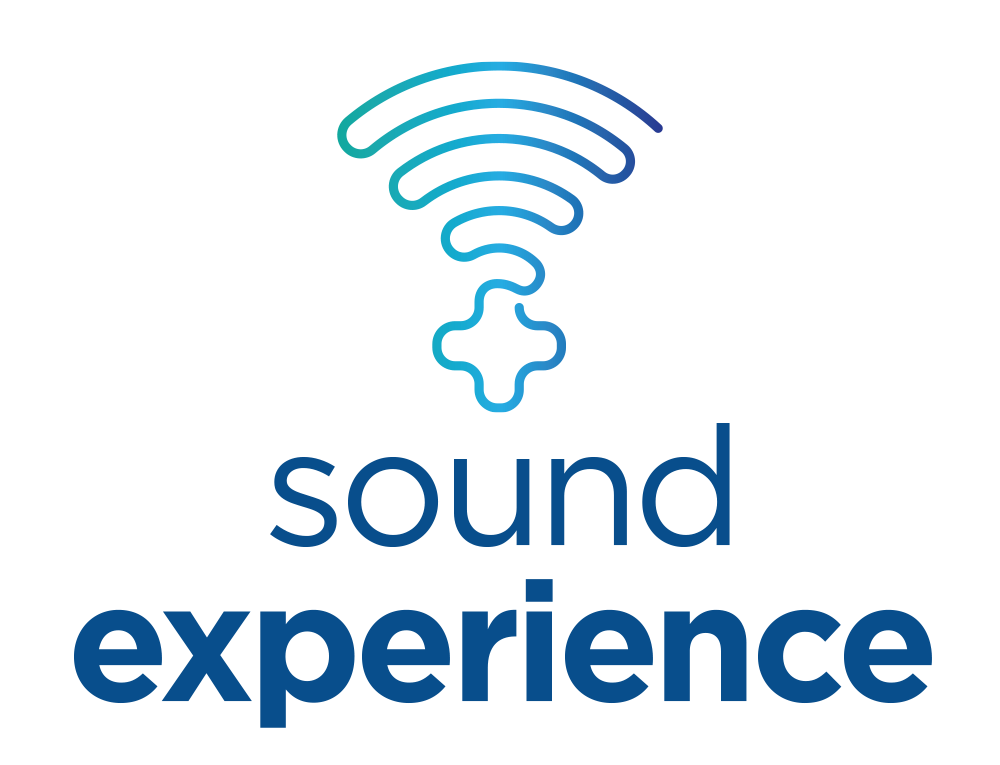Finding fractures with ultrasound. Part 2
I am often asked, “Can ultrasound detect fracture?”
In part one, we left you with; why does this make a difference?
The treatment pathway for fracture is different from that of soft tissue injury. Treating the acute injury correctly by immobilising the fracture during the early phase is much better than weeks later.
“If only we had known it was fractured we would have immobilised you from the start.”
No one wants to give this news. Worse, we have had patients who were effectively blamed for not getting better due to not following the treatment plan.
Thinking an X-ray reporting “no fracture” is the final answer, is a mistake. Repeating X-rays 7 – 10 days later in the event of an equivocal report is not the final answer either. Meanwhile you are waiting get the ultrasound. Alternatively, a normal X-ray and ultrasound will provide greater confidence in a “no fracture” diagnosis, and further reassure the cautious patient this it is safe to mobilise. Then there is the benefit of ultrasound diagnosing soft tissue injury and degree of injury; some of these will require immobilisation and some not.
What are we waiting for?
Being able to refer for imaging comes with a responsibility to learn how this will benefit your patient. Your patient assumes that you have made the diagnosis using all the tools available to you. Learning to use musculoskeletal ultrasound seems to be discouraged. I hear referrers saying practitioners less experienced than I am may need the help of imaging to make a diagnosis, but I know what I am doing. Or the acronym of ‘VOMIT’ – victim of medical imaging technology – is used to discredit using imaging to inform the diagnosis. This is a convenient way of talking about the systemic problem of not practicing integrated healthcare, in which the person reporting on the imaging never meets the patient. This is like my example in the previous post, where the reporting practitioner did not know where on the foot the bruise and the pain was.
Looking at images and reporting everything that does not look right will not be helpful.
The diagnostic triad relies on
History
Clinical findings, and
Tests – including imaging.
The best diagnosis is arrived at by using all 3 and the best clinicians know how to incorporate all 3 into their practice.
Let me be clear, we are not advocating replacing X-ray. We are advocating adding ultrasound. X-rays were discovered in the late 1800’s. Ultrasound for musculoskeletal injury has been routinely available since the late 1980’s.
If not now, when?

An 18-year-old woman presented suffering from left foot pain after having her left foot stood on while playing rugby at an out of town tournament three weeks prior. Following an ultrasound examination, x-ray and a finally a CT scan she was booked for surgery.